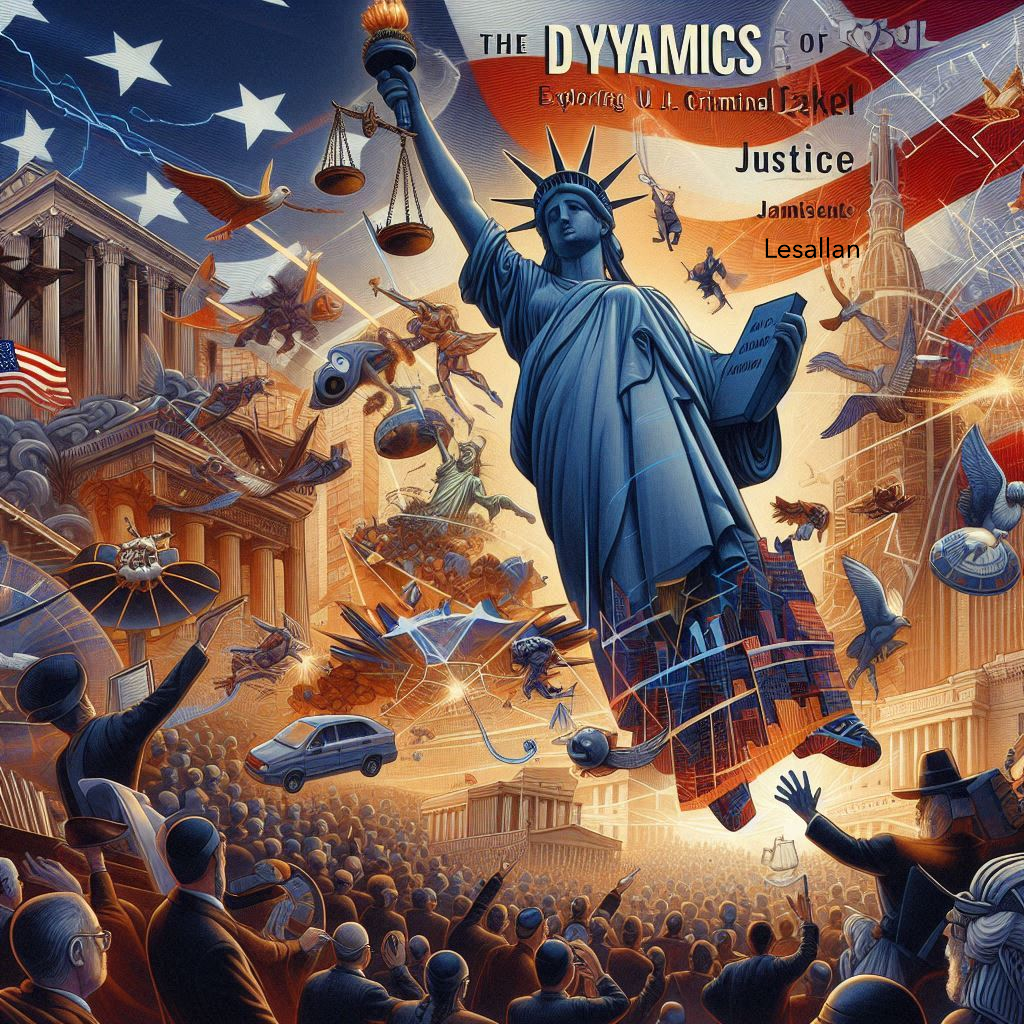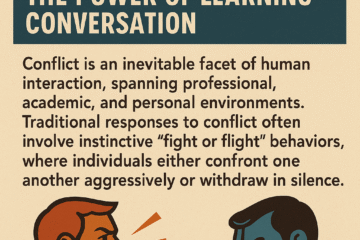Lesallan Bostron – July 2, 2024

The Dynamics of Tzedek (Justice): Exploring the U.S. Criminal Justice System
Lesallan Bostron
Ohio Christian University
CJU1010 Introduction to Justice Systems (ONL24F1)
Professor Quinn
July 2, 2024
Justice in the criminal justice system context can be seen as a process and an outcome where laws are enforced and judged fairly. It involves ensuring that an individual who commits a crime is held accountable through a fair and impartial trial and receives a punishment proportionate to the crime if found guilty. This system not only aims to protect society but also to rehabilitate offenders and support victims, thereby contributing to a safer and more just society.
According to Welch (2023), “Criminal justice is the delivery of justice to those who have been accused of committing crimes. The criminal justice system is a series of government agencies and institutions. Goals include the rehabilitation of offenders, preventing other crimes, and moral support for victims” (Welch, 2023). Masters (2021) states, “Criminal justice seeks to deter future crimes by creating penalties for criminal conduct and rehabilitating criminals through incarceration. It is a system that delivers ‘justice’ through a punishment proportionate to the crime” (Masters, 2021). Masters (2021) also emphasizes the importance of dispelling myths about the criminal justice system to foster a realistic understanding among students, which is crucial for a well-informed society.
A recent AP News article (2024) discusses various Supreme Court decisions. These decisions reflect society’s understanding of justice as they involve interpreting laws and delivering judgments that have far-reaching implications on society. The article covers a range of issues, from enforcing environmental regulations to interpreting public corruption laws (U.S. Supreme Court, 2024). For instance, the Supreme Court recently limited the scope of obstruction charges used in cases related to the January 6 Capitol riot (AP News, 2024).
Racial injustice remains a critical issue within the criminal justice system. Recent reports highlight ongoing challenges, such as the fatal shooting of Julian Lewis, which drew significant attention to racial disparities in law enforcement (Racial Injustice, 2024). This emphasizes the need for constant efforts to address biases and ensure unbiased treatment for all individuals.
Justice is not only about punishment but also about addressing the needs of victims and ensuring their rights are upheld. Conversation (2024) discusses the importance of a trauma-informed justice system that acknowledges the mental health challenges faced by many offenders and victims, advocating for a more compassionate approach.
Social justice is another crucial aspect, with ongoing debates about achieving societal equity and fairness. Conversation (2024) explores various social justice issues, including the historical conflict of white supremacy in the United States and South Africa, highlighting the interconnectedness of social and criminal justice.
The New York Times (2024) provides insights into the judiciary’s role in shaping justice, noting how recent court rulings, such as the Chevron ruling, can have widespread implications, which could lead to increased litigation challenging federal regulations.
The criminal justice system in the United States is complex, involving multiple subsystems that work together to maintain public safety. CriminalJustice.com (2024) outlines the roles of law enforcement, the courts, and corrections, emphasizing the collaborative efforts required to ensure justice is served.
Criminal justice can be conceptualized as an ideology, a system, and a process to reduce crime through deterrence, incapacitation, rehabilitation, restitution, and retribution (Criminal Justice, 2024). This multifaceted approach reflects the diverse objectives and perspectives within the field.
In summary, justice in the criminal justice system is versatile. It involves those who enforce the law, the court, and the prison system, each playing a significant role in preserving public safety, upholding the rule of law, and ensuring fairness. The experiences and perceptions of justice can vary depending on one’s role within the system or firsthand experiences. Understanding this complexity is critical to appreciating the workings of the criminal justice system.
In Christ,
Lesallan
References:
AP News. (2024). Supreme Court Makes It Harder to Charge Capitol Riot Defendants with
Courts and the Judiciary. (2024). The New York Times. https://www.nytimes.com/interactive/2024/05/09/us/supreme-court-major-cases-2024.html
Criminal Justice. (2024). A guide to the criminal justice system | criminaljustice.com.
CriminalJustice.com; CriminalJustice.com. https://criminaljustice.com
Masters, R. (2021). CJ: realities and challenges. McGraw-Hill Education.
Racial injustice. (2024). AP NEWS. https://apnews.com/hub/racial-injustice
The Conversation. (2024). Personal Trauma and Criminal Offending Are Closely Linked – Real
Rehabilitation Is Only Possible with Justice System Reform. Personal trauma and criminal offending are closely linked – real rehabilitation is only possible with justice system reform (theconversation.com)
The Conversation. (2024). Students on the Frontline: South Africa and the US Share a History of
Protest Against White Supremacy.
U.S. Supreme Court. (2024). Major Cases Left for the Supreme Court to Decide.
Welch, K. (2023). Criminal Justice. In: Sellers, M., Kirste, S. (eds) Encyclopedia of the
Philosophy of Law and Social Philosophy. Springer, Dordrecht.
https://link.springer.com/referenceworkentry/10.1007/978-94-007-6519-1_1038


